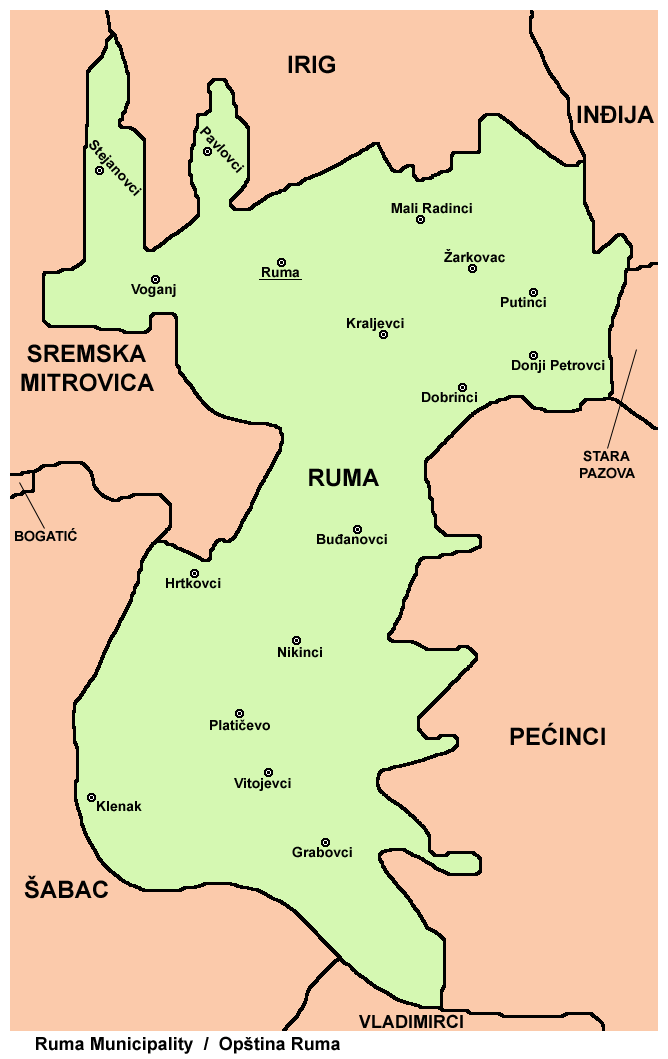|
Miloš Marić (scientist)
Miloš Marić ( sr-cyr, Милош Марић; ; 20 April 1885, in Ruma, Austria-Hungary, now Serbia – 3 May 1944, in Saratov, Soviet Union, now Russia) was a Russian scientist of Serbian origin, head of the department of histology at the Saratov State University. He entered the history of medicine with his most important research in the field of mitosis and amitosis, which laid the foundation for cloning. His older sister was Mileva Marić, the first wife of Albert Einstein who was also a scientist (physicist) in her own right. Biography Miloš Marić was the youngest child of Miloš (Senior) and Marija (née Ruzić) Marić. He had two older sisters, Mileva (1875) who was ten years and Zorka (1882) three years his senior. Miloš attended elementary school in Zagreb, but his father, complaining of rheumatism, soon moved the family back to his native village of Kač and a year later (1896) to a new home in Novi Sad. In 1902 Miloš graduated from the Gymnasium (school), gymnasium an ... [...More Info...] [...Related Items...] OR: [Wikipedia] [Google] [Baidu] |
Ruma
Ruma (; ) is a town and municipality in the Srem District of the Autonomous Province of Vojvodina, Serbia. As of 2022, the town has a population of 27,747, while the municipality has a population of 48,621. History Traces of organized human life on the territory of Ruma municipality date back as far as prehistory. The most important archaeological locality in the municipality is Bronze Age Gomolava near Hrtkovci, with two exclusive tombs of Bosut culture dating to the 9th century BC and 3000BC Vučedol culture pottery. The first known inhabitants of this area were various peoples of Illyrians, Illyrian and Celts, Celtic origin, such as the Amantini, Breuci, Scordisci, etc. During the Roman Empire, Roman rule, local inhabitants lost their ethnic character and adopted Roman culture. There were no larger Roman settlements on the territory of Ruma, but a certain number of agricultural estates known as "Roman villa, villae rusticae" were located there. Migrations of Huns, Germanic peo ... [...More Info...] [...Related Items...] OR: [Wikipedia] [Google] [Baidu] |
